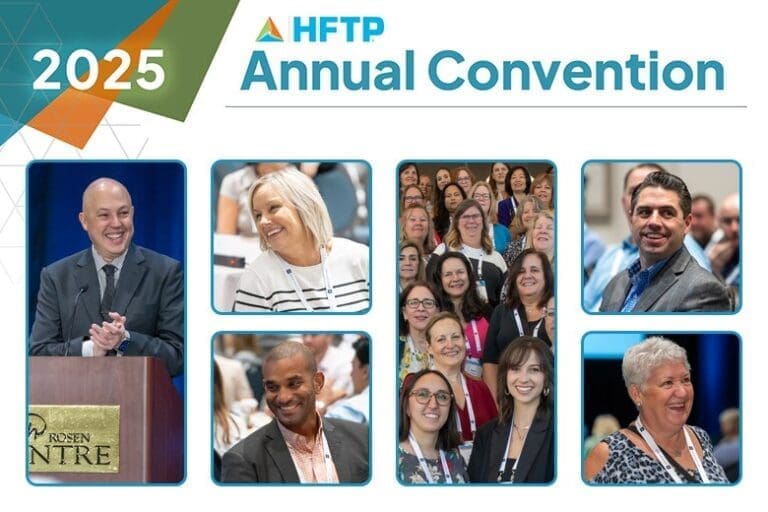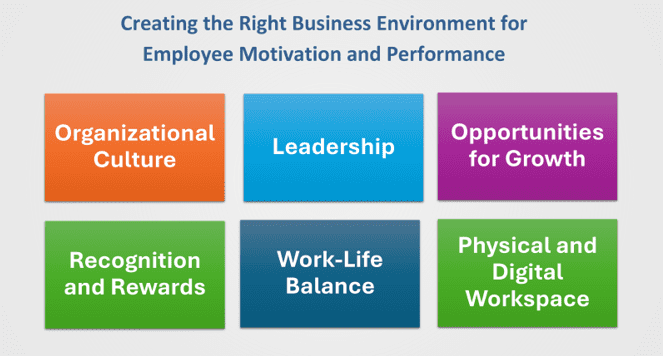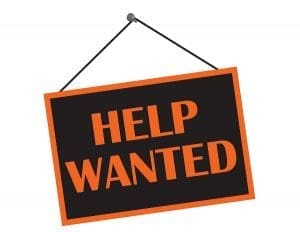 Employees are the heart and soul of an organization. Without them, a company is a mere lifeless building. Their presence makes it come alive while their efforts take it to the heights of success. As the pandemic has triggered great resignation, companies across the globe are in a worrisome situation. Mass resignation and low employee retention correlate to massive losses in terms of finances and organizational productivity.
Employees are the heart and soul of an organization. Without them, a company is a mere lifeless building. Their presence makes it come alive while their efforts take it to the heights of success. As the pandemic has triggered great resignation, companies across the globe are in a worrisome situation. Mass resignation and low employee retention correlate to massive losses in terms of finances and organizational productivity.
According to Gallup, the cost of replacing an individual employee can range from one-half to two times the employee’s annual salary. This implies that a 100-person organization that provides an average salary of $50,000 could have turnover and replacement costs of approximately $660,000 to $2.6 million per year.
Given that, imagine the perils of large amounts of resignation for an organization.
Employing hundreds of employees, hospitality companies are particularly facing a huge threat due to the great resignation. If you belong to the hospitality industry, you already know the devastation that can come to your hotel from losing a major portion of your workforce. This calls upon you to start putting in dedicated efforts for employee retention.
“Start the retention process when the person is still open to staying and not after they’ve already told you they’re leaving.” – Jeff Weiner.
In this blog, we’ll discuss future retention trends in the hospitality industry with the hope that they’ll beacon you on the path of taking impactful actions for employee retention. Here are five trends that’ll shape employee retention in the hospitality industry.
1. Wellness
“The greatest wealth is health.” These words by Virgil are eye-opening, and the pandemic has already made us realize how true they are. With the toll the pandemic has taken on our lives and the massive casualties that have occurred, well-being has become an utmost priority for all of us.
Having said that, a focus on employee wellness is a must for you to enhance employee retention. If your workers devote their lives to your organization, at least they deserve this much, right?
So, you should offer employee wellness benefits to your workforce, and Covid insurance should top the list. When the storm of fear, anxiety, and uncertainty is bothering everyone, you can lend an anchor to your workforce with Covid insurance.
Apart from that, you should also provide basic health insurance to your workers. It is as important for them as SR-22 insurance for your hotel’s luxury cars. When selecting the insurance plan, don’t forget to check what the quote includes, just as you check everything while getting a free quote to SR-22.
Furthermore, given the surge in incidents of employee burnout, it is crucial for you to organize stress management programs in your organization. These can teach your workforce effective tactics to manage stress and anxiety during these uncertain times. With all these provisions, you can be assured that the great resignation will not devastate your organization.
2. Retirement benefits
According to MetLife Employee Benefits Trends study, benefits in retirement are a key requirement for gaining employee loyalty. It highlights that 4in 10 employees say that retiree benefits are a key reason to stay with their employer. An important point to be noted is that this is especially true for millennials.
They are more inclined towards desiring retirement benefits as compared to other generations. In fact, they access a company on the basis of the employee benefits it offers. Having said that, retirement benefits can work wonders in terms of employee retention. Life insurance plans can also work in tandem with retirement plans, as ways of providing for your employees as they age. Even simple 250K life insurance plans can be a great incentive.
There are different types of retirement plans that you can choose from, including 401 (k) plans, SIMPLE IRA plans, SEP plans, and Profit-sharing plans. Now, let us go through these plans in brief.
Different types of retirement plans for your workforce:
- 401 (k) plans: 401 (k) plans are extremely popular among employers like you. Low cost, ease of setup and flexibility are three major reasons behind their popularity. These plans give you the complete flexibility for matching options with your workers. Once you establish a match, you have to contribute your sharing contributions accordingly.
- SIMPLE IRA plans: SIMPLE IRA plans stand for Savings Incentive Match Plan for Employees individual retirement account. This plan is suitable for small businesses having up to 100 employees. If you choose a SIMPLE IRA plan, you’ll have to contribute either a match of 3% or 2% non-elective contribution for every eligible employee.
- SEP plans: SEP stands for a Simplified Employee Pension plan. This plan is also best suited for small business owners. As employees cannot add elective contributions to a SEP plan, you get more flexibility in terms of how much to contribute and when to contribute.
- Profit-sharing plans: Profit-sharing plans are suitable for all types of business organizations. If you choose PSPs, each employee will receive a quarterly or annual contribution from you. Similar to SEPs, employees cannot make elective contributions to these plans. This gives you a lot of flexibility as to when and how much contribution to make.
3. Employee development
Growth and self-improvement are the fundamental aspirations of all human beings. No one appreciates stagnancy in their lives. Your employees also aspire to grow in their professional life, and if you don’t offer them the right kind of support, they’ll start looking for it outside.
According to research, 70% of employees would be somewhat likely to leave their current job to work for an organization known for investing in employee development and learning.
Given that, it becomes imperative for you to focus on employee growth and development. You should be well-versed with the latest training opportunities you can offer to your workforce. Mentoring programs are a great way to beacon your employees on the path of growth.
Additionally, you can also help employees buy the online courses of their choice and pursue them. This investment will not only benefit your workers but will benefit your organization as well. After all, they are your employees, and all their knowledge will be utilized to better your company.
If you are apprehensive that by creating opportunities for growth, you’ll open gateways for your workers to seek better opportunities, then Richard Branson’s advice will certainly be of great help to you.
He says, “Train people well enough so they can leave, treat them well enough, so they don’t want to.” Having said that, if you offer cordial human treatment to your workers they won’t leave you under any circumstances.
So, you should focus on employee development without any worries. In fact, you should try to customize development initiatives according to individual needs. If an employee aspires to undertake mindfulness training rather than any professional development training, you should let him. Any kind of growth that your workers achieve in any direction will benefit your business only.
4. Appreciation and recognition
According to Zig Ziglar, recognition for doing a good job is one of the prime needs of workers. After all, recognition gives meaning to their efforts at work. A survey has also verified the same. According to the findings, lack of recognition contributed to 44% of employees changing their jobs. That’s a huge percentage, isn’t it? In addition, the pandemic has deepened employee desire for recognition.
Despite being engulfed by fear, anxiety, and uncertainty, employees have shouldered their professional responsibilities. Even then, if they don’t feel valued, it is certain that they’ll leave.
So, appreciation and recognition are crucial factors that you need to take into account when it comes to enhancing employee retention. Observe your workers, notice every little effort they make for your organization’s betterment, and let them know that you appreciate it. That’s the way forward to reducing turnover and retaining precious talent.
5. Good leadership
In the words of Marcus Buckingham, “People don’t leave bad companies, they leave bad managers.” A study conducted by Gallup has validated his statement. It has highlighted that 75% of the reasons for voluntary employee turnover can be influenced by managers.
Needless to say, poor leadership can be catastrophic for your firm. We already know the perils of micromanagement.
History has shown that companies with micromanagement in prevalence had to bear massive losses due to high employee turnover. Having said that, good leadership is a must for employee retention. After all, employees abhor the frustrations and stress that come with having a bad manager.
To prevent great resignation from impacting your organization, you should start identifying poor management right away. Additionally, you should also provide rigorous training to the managers and ensure that they follow a balanced style of management.
The great resignation has made employee retention a primary issue of concern for organizations across the globe, and the hospitality industry is no exception. Having explored the perils of high employee turnover, it’s time for you to take the right course of action and earn employee loyalty.
From providing decent benefits to making employees feel appreciated, the above-mentioned retention trends can help you decide the best course of action.


















